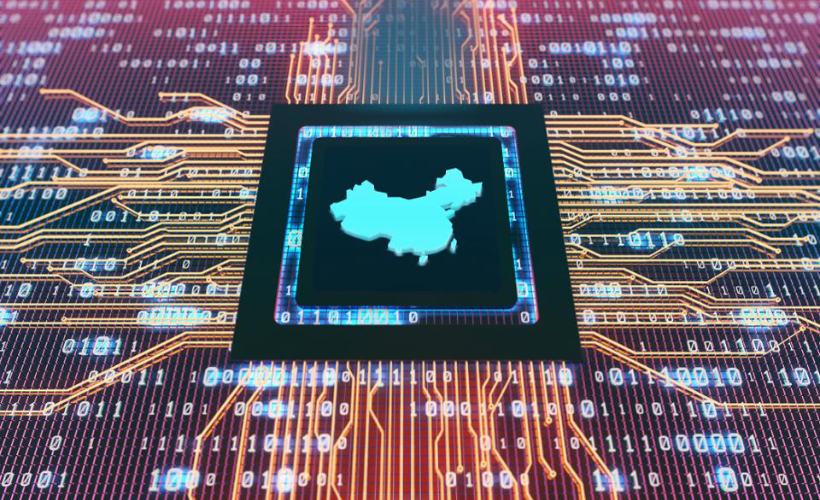Hype and reality in Chinese artificial intelligence

In MIT Technology Review, Jeff Ding shares five takeaways from his experience writing about and translating Chinese-language writing about artificial intelligence (AI) research in China. Ding is a researcher at the University of Oxford who has now published 48 issues of his insightful ChinAI newsletter. From the MIT Tech Review article:
- “The Chinese- and English-speaking AI communities have an asymmetrical understanding of each other. Most Chinese researchers can read English, and nearly all major research developments in the Western world are immediately translated into Chinese, but the reverse is not true…
- Westerners have a hyped-up view of China’s AI capabilities… A few deep dives from Chinese writers have reported that most of China’s AI giants are much less impressive than they seem, with less-sophisticated algorithms and smaller research teams than commonly believed.
- The Chinese government sees AI as a tool for social governance. Security companies account for the highest share of the top 100 AI companies… Some of these firms have been directly involved in the government’s mass surveillance of Xinjiang, the autonomous region where members of China’s ethnic minority group, the Uighurs, are concentrated. Other companies are fueling China’s export of surveillance tech to Central Asia and beyond.
- AI research has benefited greatly from China-US collaboration. Historically, talent and ideas have flown freely between American and Chinese companies, challenging notions of what it means to be an American or Chinese. Take, for example, Microsoft Research Asia (MSRA), Microsoft’s hub in Beijing and the largest center outside its headquarters. In its 20-year history, MSRA has played as essential a role in pushing the boundaries of Microsoft’s research efforts as it has in fostering China’s AI ecosystem…
- Chinese people care about AI ethics. While it may be true that Chinese and American citizens have differing views on privacy, it’s false to say that the former don’t care about it at all.”
Four out of Ding’s five points are likely to remain true through at least 2019. The odd one out is number four: AI research, in the near future, may no longer be an area of active China-U.S. collaboration.
- Last November, the U.S. Commerce Department announced it was considering including a range of “emerging technologies” on an export control list, which would have profound effects on cross-border AI research.
- Last month, Donald Trump repeated a vague assertion by the U.S. chairman of the Joint Chiefs of Staff, Joseph Dunford, that Google’s work had a “direct benefit” to the Chinese military. This apparently referred to artificial intelligence research at Tsinghua University, and Dunford later clarified he was in fact referring to AI research in Beijing.
- Today, it was revealed that “Microsoft has worked with a Chinese military-run university on artificial intelligence research that could be used for surveillance and censorship, a revelation that has sparked anger among China hawks on Capitol Hill,” according to the Financial Times (paywall). Three academic papers last year were co-written by researchers at Microsoft Research Asia in Beijing and the National University of Defense Technology in Changsha.
- It is “the center of a perfect storm with…issues top of mind as the US is redrawing its relationship with China,” says Samm Sacks, a fellow at think tank New America, who adds, “Because this is open academic research, the question is to what extent is the Chinese government exploiting the openness…and extensive history of joint partnerships.”
For more discussion of U.S.-China technology connections, listen to this recent Sinica Podcast with Samm Sacks. You can also listen to a ChinaEconTalk interview with Jeff Ding here on The China Project.






